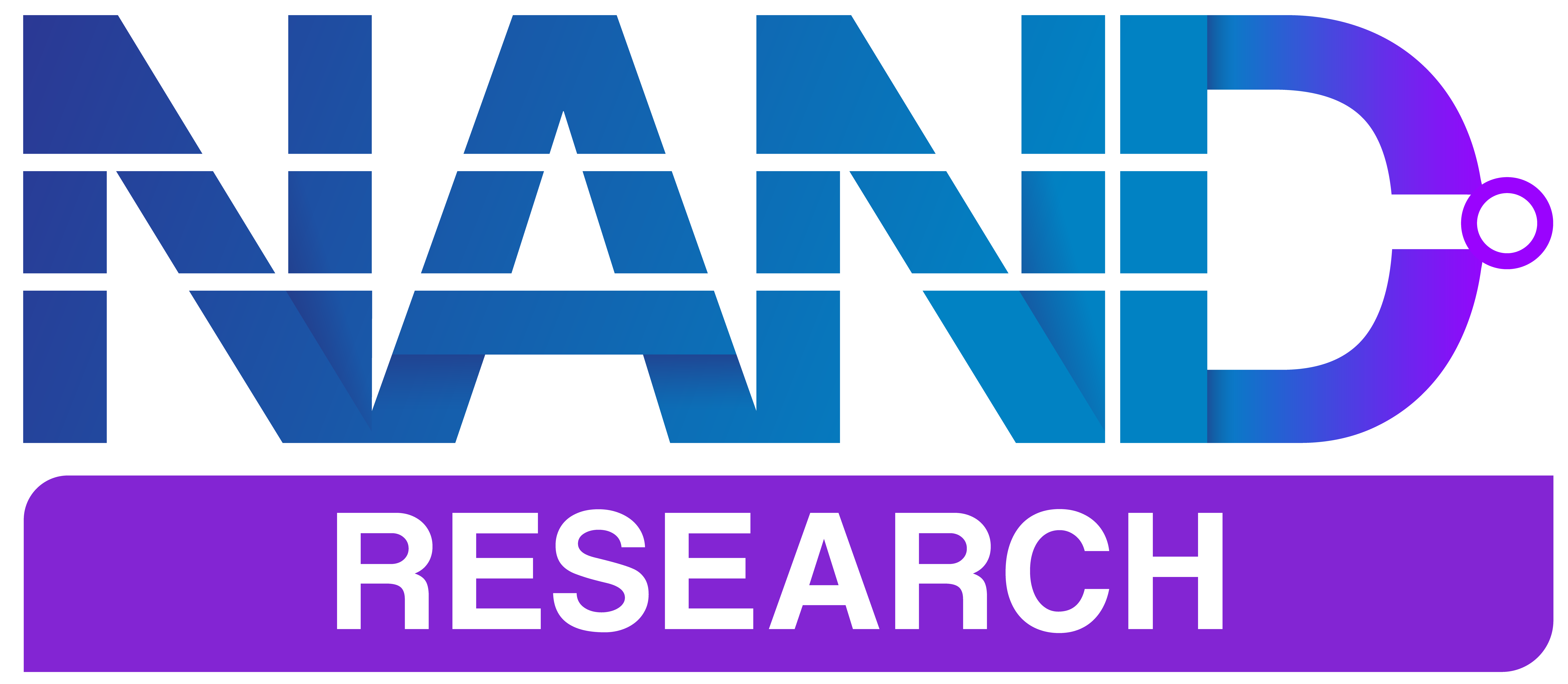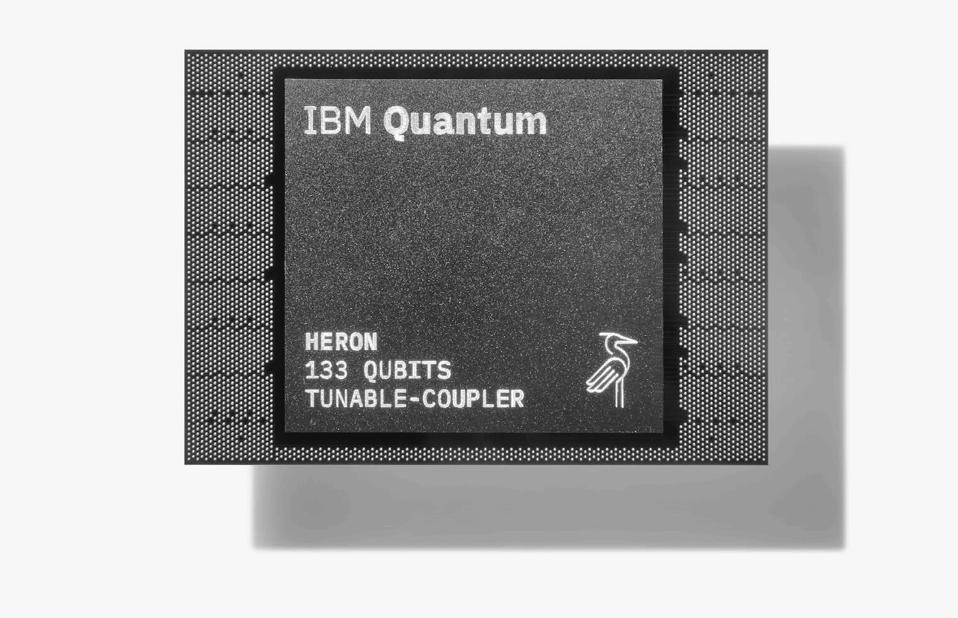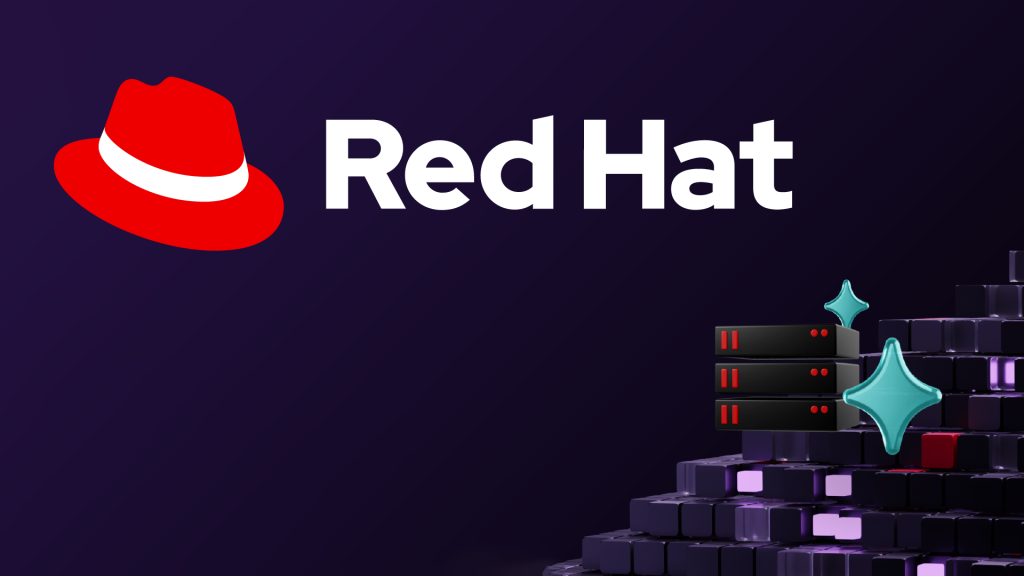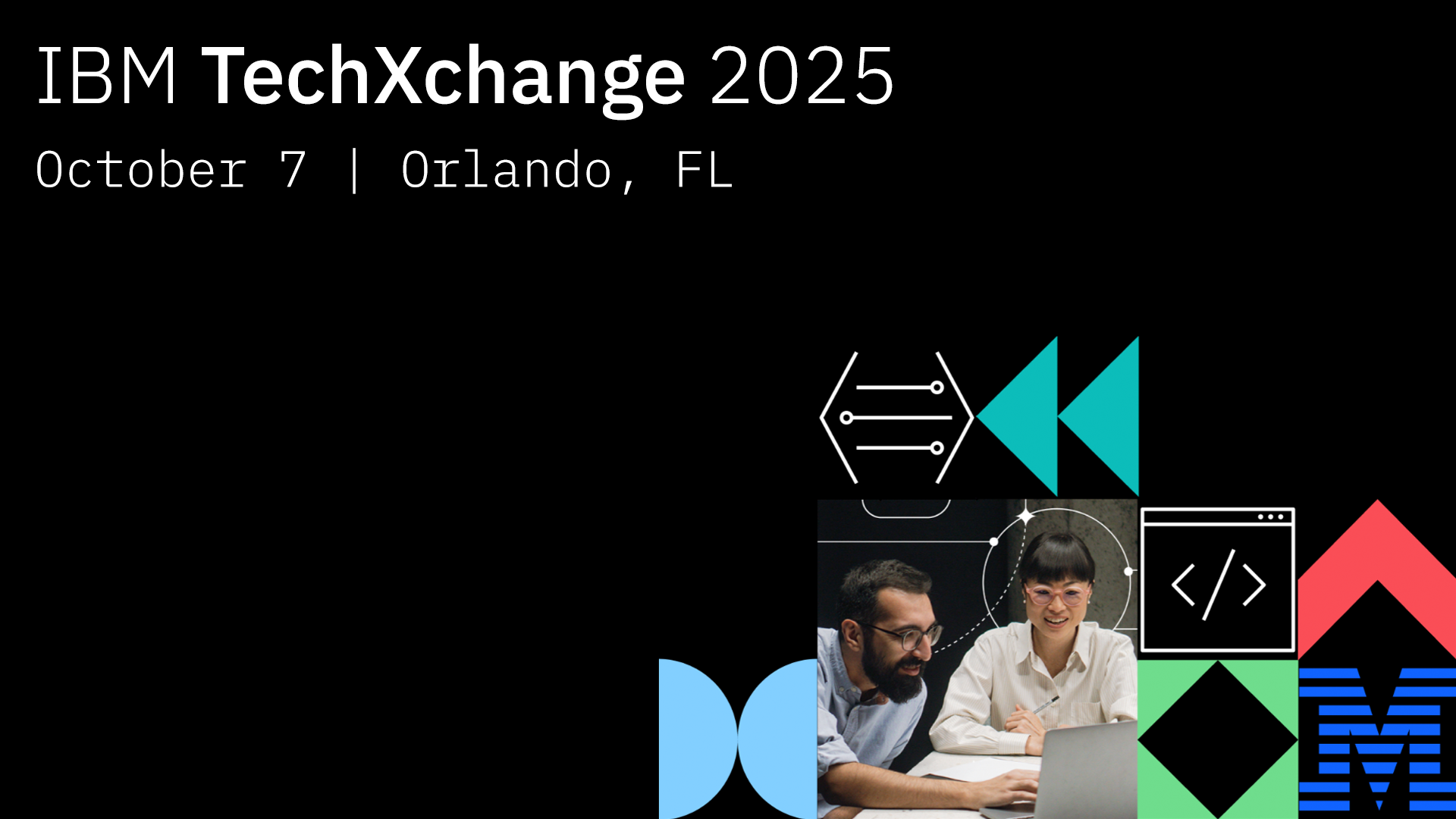IBM recently released Qiskit SDK v2.0, a major update to its open-source quantum software development kit. The new release is a key element of IBM’s long-term strategy to support utility-scale quantum computing by delivering architectural improvements, higher performance, and expanded interoperability with classical HPC systems.
While the release delivers multiple new features, there are two that are key strategic advancements that are foundational to advancing quantum computing. Let’s take a look.
Performance Optimization w/ Rust Integration
IBM accelerated critical paths within Qiskit by porting core data structures and operations from Python to Ruse. This improves execution speed, reduces memory overhead, and eliminates performance bottlenecks caused by Python’s dynamic typing and interpreter overhead.
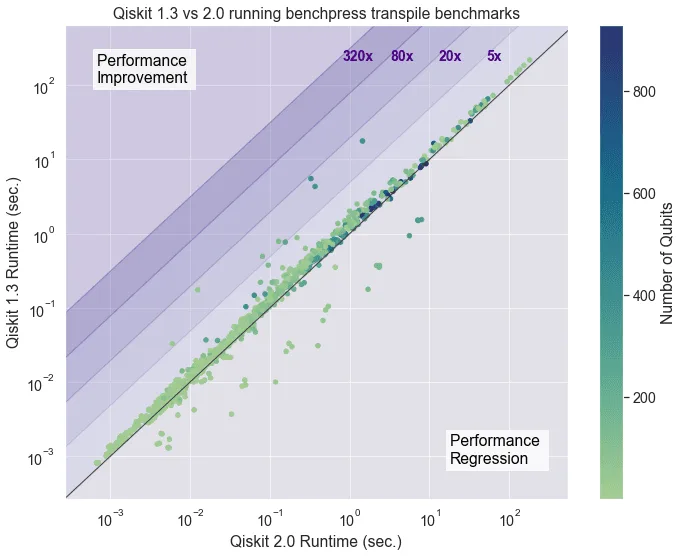
Benchmark results from IBM indicate:
- 2x speedup in circuit construction performance compared to v1.3.
- ~20% average reduction in transpilation time for most benchmark tests.
- Elimination of performance bottlenecks in key circuit generation functions, including quantum_volume().
Rust will continue to serve as the foundation for Qiskit’s long-term architectural roadmap, enabling C-language interoperability and building a Python-independent runtime for large-scale quantum systems.
New C-language API
Qiskit SDK v2.0 introduces an initial C-language API that extends Qiskit’s reach beyond Python and into classical HPC environments.
The initial surface area of the C API is limited, but foundational. IBM says that it plans to expand the C interface throughout the v2.x release cycle, targeting full circuit construction, manipulation, and execution control from C. This is a key prerequisite for broader HPC integration and low-level hybrid quantum-classical workflows.,
C remains a dominant language for HPC systems, scientific computing, and systems-level programming. The introduction of a C API positions Qiskit as a viable software stack for quantum-classical co-processing in large-scale environments.
Analysis
Qiskit is rapidly evolving, a momentum that helps IBM maintain its position as a leader and key innovator in quantum software development. The newest release addresses key scalability challenges inherent to quantum-classical hybrid computing.
Bringing a C-language API to Qiskit expands its applicability for the HPC ecosystem, a necessity as quantum computing evolves from experimental research toward commercial deployment. Integration with C-based environments allows Qiskit to interoperate with existing HPC toolchains, numerical libraries, and distributed computing frameworks.
From a competitive standpoint, IBM’s advances in performance optimization, architectural modernization, and HPC interoperability raise the bar for other quantum software platforms, including Google’s Cirq, Xanadu’s PennyLane, and Rigetti’s Forest SDK. These platforms will face increasing pressure to demonstrate similar scalability and integration capabilities.
Qiskit SDK v2.0 solidifies IBM’s leadership in quantum software development by delivering material improvements in performance, scalability, and classical-quantum interoperability. This release sees Qiskit maintaining its position as a critical enabler on the path to commercializing quantum computing, supporting the transition from research-driven experimentation to production-ready hybrid workflows.
As quantum computing moves toward practical utility, IBM’s investment in performance engineering, Rust-based architecture, and HPC integration ensures that Qiskit will remain central to the ecosystem, both as an open-source toolchain and as a strategic platform for IBM’s quantum computing customers and partners.
